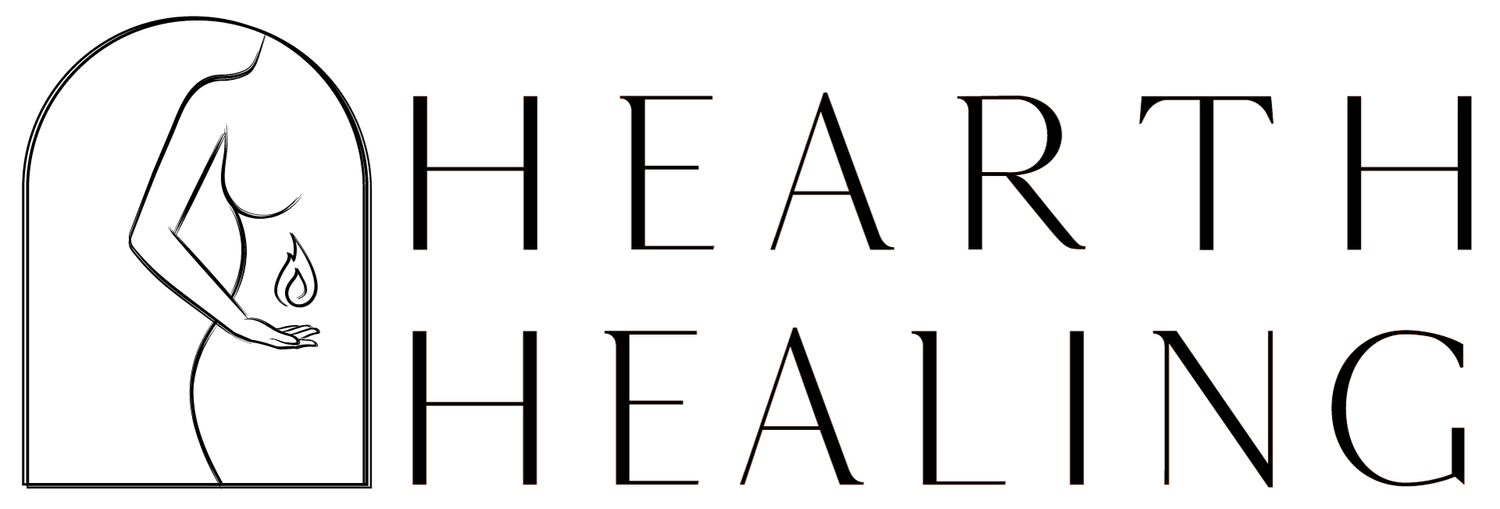Labor and Delivery Preparation: Positions
Fun fact: you do not have to have a baby on your back (contrary to popular cinematographic opinion)! It is true that in this position, midwives and obstetricians can continuously monitor the fetus and visualize the birth readily. But a fun legend I recently discovered ties this special tradition to its historic roots.
Check this out from https://www.better-birth.co.uk/
“French King Louis XIV, who fathered 22 children in his lifetime, had a perverse desire to watch his wives and mistresses give birth, but kings did not bow and scrape. He became frustrated with his inability to watch his mistresses birth his children, his view obscured by birthing stools, so he insisted they were born with their mothers lain on their backs, legs apart, so he could have a better view.”
Every time I read that…just give me a minute to pick my jaw up off the floor…
Ok. So here we are, in 2023, in the US, still confining women to their backs, especially after administration of an epidural. We also happen to have some of the worst maternal care in first world, and the highest maternal mortality rate. Ahem. However, my concern with this position, though very much about agency, choice, and minimization of medical intervention, is about pelvic health and injury prevention.
When trying to push a human being out of a birth canal, one would think we would want to make that opening as wide and relaxed as possible, yes? So here is why this traditional birthing position called dorsal lithotomy, contradicts that intuition. When lying on our backs, our sacrum (the lowest part of our spine) becomes fixed to the bed, losing its ability to extend, called counternutation. This means we lose our ability to expand the pelvis front to back. Next, we typically place feet in stirrups, or have women bring their knees to chest, allowing the knees to fall open. But take a second here. Sit up tall in your chair and move your knees apart. Your sitz bones (ischial tuberosities) draw together, right? This knees wide position (hyperabduction) makes the pelvic floor 30% SMALLER! Finally, we often find ourselves, or are coached, to push using the valsalva maneuver. This is when we hold our breath and strain. Under these forces, our pelvic floor muscles lift toward the head, or contract.
So, let’s recap. We’ve fixed the sacrum on the bed, made the pelvic floor 30% smaller, and kegeled. That baby is coming out one way or another, but this vastly increases the risk of tearing, and particularly the risk of high grade, or more severe tears.
That position just described is a great LABOR position. Labor is typically considered to be the period of active contractions when the cervix is dilated 0-7 or 8 cm. Labor vs delivery positions can essentially be broken down as “cat / cow” in yoga. During labor, we assume “cat” pose. We want the pelvic inlet, or the top of the pelvis, to be as wide as possible. Think: accepting baby into the pelvis. During labor, it is fine to have knees wide and up to shoulders or armpits, toes out, spine rounded. This makes the sitz bones comes together, but we don’t care, because baby isn’t that low yet! This position can be applied to a squat, tall kneel, hands and knees, side-lying or seated position.
Then, during delivery, defined as the active pushing phase, we want the pelvic outlet, or bottom of the pelvis to be as wide as possible. Here we assume “cow” pose. Think: letting baby out of the pelvis. Now we want the knees pointing forward or in toward each other, and spine in extension, or arched. Again, this can be applied in a squat (perhaps with support under the heels), tall kneel, hands and knees or side-lying variation. Many of these are positions that can still be assumed with an epidural, with support from a nurse and/or birth partner.
So, what if pushing on your back feels good, or powerful? In that case, make a couple small modifications to keep that optimal “cow” alignment. Roll 2 small towels and place them under the sitz bones. Now the sacrum can extend. Place a pillow behind the low back. Now the spine is extended. Finally, keep the knees up toward the ceiling, rather than letting them fall open, again with help as needed if feeling is compromised, and now the pelvic floor remains open!
Finally, when pushing, or breathing baby out, try this releasing breath. This open glottis breathing helps create downward force and lengthening of the pelvic floor, rather than lift and closure.
For video examples of these positions: Hearth Healing Instagram
